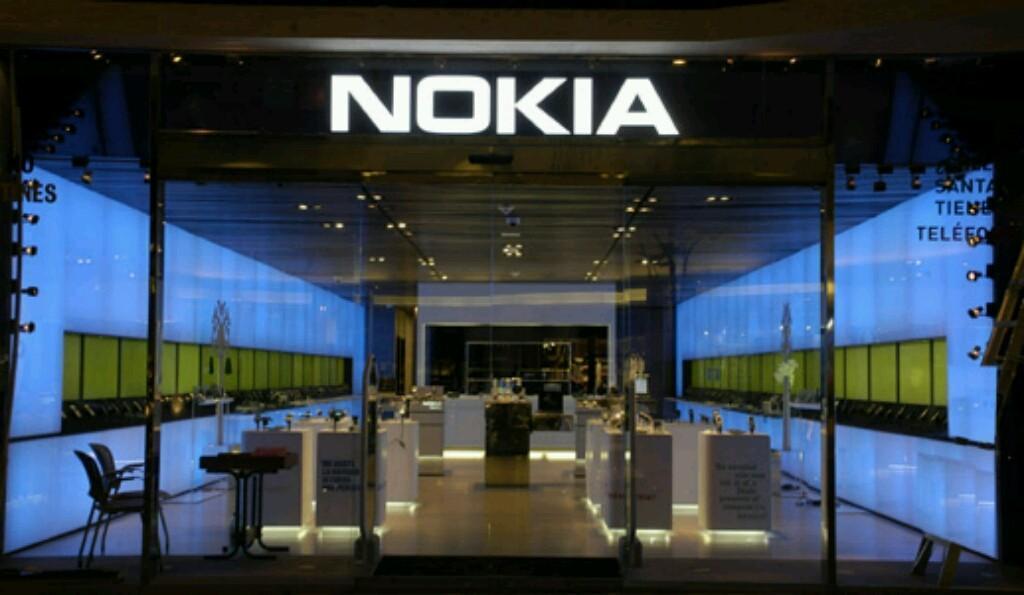Nokia today announced its Smart Node portfolio of All-in-One base stations for 5G indoor use will be powered by Qualcomm’s unique chipsets. The product, which leverages the Qualcomm 5G RAN platform for small cells, is designed to deliver ubiquitous indoor 5G coverage for residential and enterprise networks.
The new 5G Smart Node complements Nokia’s portfolio of 5G Small Cells such as the AirScale Micro Remote Radio Head and AirScale Indoor Radio, which are commercially deployed by many operator networks globally to boost 5G capacity and coverage. It is expected to be available from Q1 2021.
Nokia is working with Qualcomm Technologies to bring its 5G RAN technology into Nokia’s Smart Node portfolio, delivering 5G in a compact, cost-effective plug-and-play package for smaller indoor network use-cases.
Nokia’s use of Qualcomm Technologies’ innovations will enable 5G deployment at a significantly lower price point and smaller form factor, lowering the barriers to entry into the 5G-powered world. The working relationship underscores Nokia’s commitment to selecting best-in-class partners for the delivery of unmatched solutions within the industry’s only end-to-end 5G portfolio.
Nokia 5G Smart Node, based on the Qualcomm 5G RAN platform, is a low-power, flexible mount product that enables operators to address 5G network densification and indoor coverage requirements. Easy and quick to install, 5G Smart Nodes are a cost-effective way to extend the availability of 5G across multiple locations and provide a compelling option for in-home, small office and enterprise coverage.
With 80 percent of mobile sessions initiated indoors, home and small businesses remain a hub of mobile device use, making high-quality indoor 5G coverage a necessity. Many 5G frequency bands, especially those with wider bandwidths, cannot penetrate buildings due to propagation losses; this makes 5G Smart Nodes a great option for home and small office coverage.
Where total cost of ownership (TCO) is a key factor, 5G Smart Nodes deliver reliable voice, data and services over 5G with minimal overheads and do not require any specialist in-house expertise for installation.
The modular design of the Smart Node solution offers ultimate flexibility and is easy to upgrade from 4G to 5G, touch-safe, and deployable on tabletops, ceilings or walls. Now with the inclusion of the Qualcomm FSM100xx software-defined small cell modem, software upgrades allow for simplified advancement to future mobile network standards and releases.
Features such as Narrowband IoT support for low-power, wide-area coverage, emergency helpline services, local break out and telecom grade security help operators address indoor network needs without the complexity and cost of a macro deployment.
Nokia’s portfolio of residential and small-medium enterprise small cells caters to the full range of consumer and enterprise requirements. Working together with Qualcomm Technologies brings 5G to more locations and environments than ever before. The unmatched price point of the 5G Smart Node offering has been achieved through unique optimizations to the all-in-one architecture, pushing the boundaries of the intended use-cases.
Durga Malladi, Senior Vice President and General Manager, 4G/5G, Qualcomm Technologies, Inc., said:
“We are delighted to be joining forces with Nokia to bring our industry-leading 5G RAN innovations to a wider array of use-cases and settings. The flexibility and low-price points of 5G Smart Node products resulting from our close engagement with the team at Nokia will help accelerate the adoption of 5G in the residential and small office markets.”
Tommi Uitto, President, Mobile Networks, Nokia, added:
“We are proud to be working with Qualcomm Technologies to utilize its chipset technology in our 5G Smart Node solutions. The 5G small cells arena is an area we are delivering unmatched innovation and working with Qualcomm Technologies is a testament to our mission to bring everyone into the world of 5G. We look forward to continuing our partnership with Qualcomm Technologies and leading the charge to 5G.”



